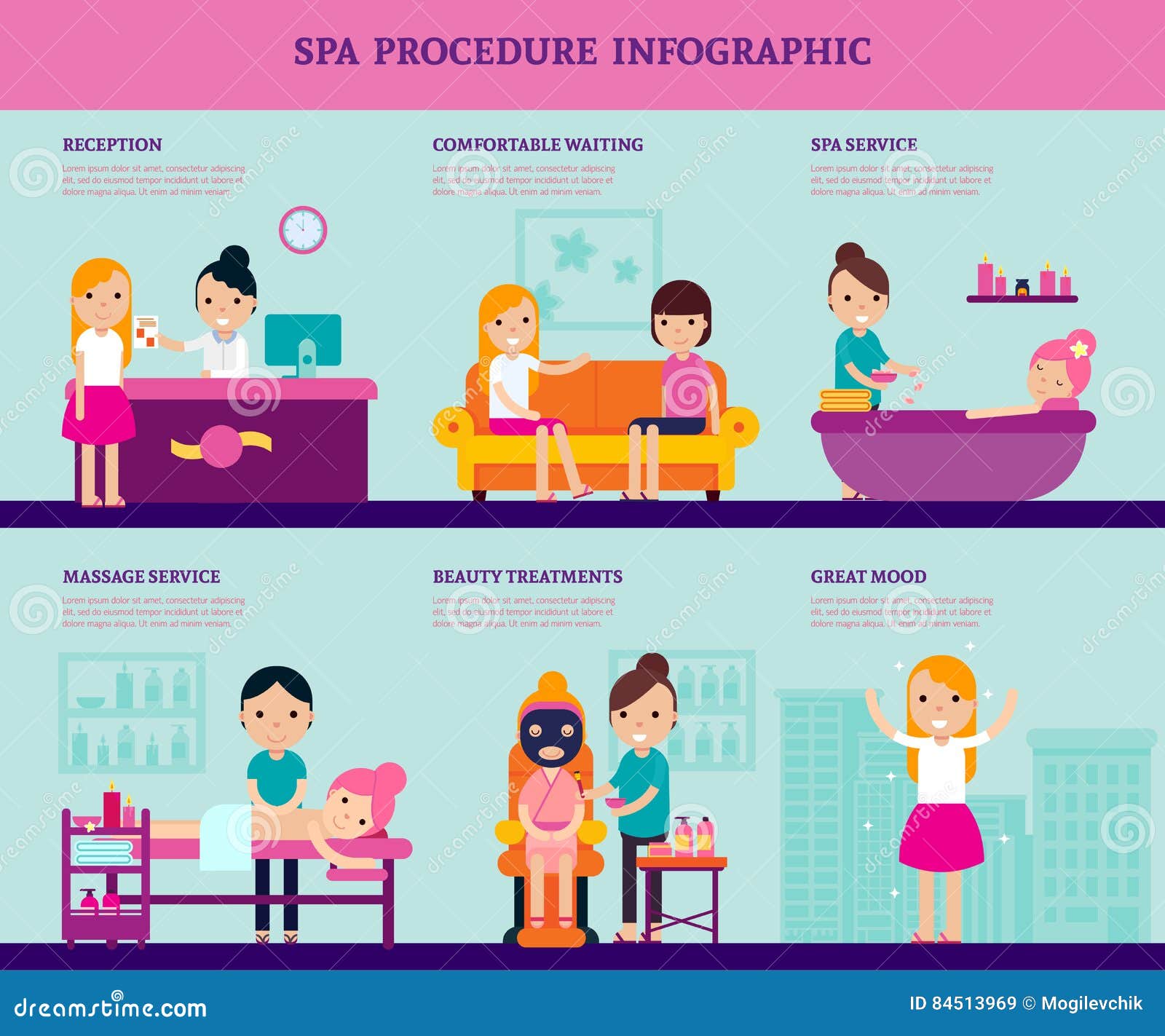Hormonal Acne
Hormonal Acne
Blog Article
Reasons for Acne on Cheeks
Acne outbreaks in the cheek location are activated by numerous points, from touching your face often to not altering your pillowcase commonly enough. Picking at blemishes boosts your danger of infection and scarring, and particular medications can intensify dark places (postinflammatory hyperpigmentation).
Luckily, there are lots of methods to avoid and deal with cheek acne. These consist of:
1. Hormone Modifications
Acne is mostly triggered by hormones, especially those produced during puberty and pregnancy. For some, a family history of acne may also contribute to their problem. Anything that obstructs pores, such as oil-based skin treatment items or waxy hair products, can set off acne. Various topical treatments, like benzoyl peroxide and salicylic acid, can fight bacteria and unclog pores. Those with extreme or persistent acne must look for treatment from their doctor.
Avoid touching or pressing your acne, as this can press several of the germs deeper into the skin, resulting in a more severe outbreak. It is additionally vital to alter pillowcases frequently and utilize clean make-up brushes. You need to additionally try to avoid irritants such as rubbing from putting on a safety helmet or tight collar.
2. Diet
The greasy, sweet foods that many individuals believe trigger acne may actually refrain so. Actually, research studies have shown that consuming a diet plan rich in entire, nutrient-dense foods assists to avoid breakouts.
Foods high in the glycemic index (such as white bread, corn flakes, blew rice and potatoes, doughnuts and various other pastries) raise blood sugar level degrees rapidly, and this can increase hormonal agents that improve oil production and lead to acne.
Consuming alcohol cow's milk has actually also been connected to boosted acne breakouts. If you are a regular cow's milk enthusiast, you may want to attempt switching to low-fat or nondairy alternatives that are strengthened with calcium. Furthermore, drinking even more water can assist to decrease acne because it aids to keep the skin hydrated.
3. Excess Oil
While oil is essential for healthy and balanced skin, it can end up being a problem when way too much sebum combines with dead skin cells and blocks pores. This mix can produce blackheads, whiteheads and pimples. The obstructed pore wall can break down and spill microorganisms, dead skin cells and sebum right into surrounding skin. This causes a red bump referred to as an acne. Often these red bumps have pus in the center from a microbial infection. Larger infected bumps that appear like acne are called cysts.
There are numerous points that can trigger excess sebum and clogged pores, consisting of hormone variations, diet and day-to-day routines. Some examples consist of touching the face frequently, relaxing your hand on your cheek, utilizing unclean makeup brushes and not changing pillow cases regularly.
4. Stress and anxiety
If you're handling pain pimples or a variety of blackheads and whiteheads, it may be time to talk to a skin specialist. They can recommend an efficient treatment that fits hills med skin your skin type. Practicing leisure and stress-reduction methods additionally assists.
Acne can take place in the cheeks because of rubbing and pressure, such as when an individual touches their face frequently or puts on a hat or sports helmet that massages against the skin. It can likewise show up where greasy cosmetics and creams rub versus the skin.
Avoid pressing acne, as this can push contaminated product deeper into the skin and bring about scarring. Instead, see a doctor to discover preventative therapies like medicine, skin treatment products and way of life changes. Eating a healthy and balanced diet of entire foods, obtaining seven to 9 hours of sleep and utilizing noncomedogenic make-up and skincare products can all help in reducing acne breakouts.
5. Hair Products
Hair items are not typically considered a source of breakouts, yet they can contribute to acne on the cheeks in some people. Pomade acne, which is identified by small closed comedones and papulopustules, is generally caused by using oily hair items that contain comedogenic components such as particular oils and acetylated lanolin.
Choosing hair items that do not contain these potentially comedogenic active ingredients is an important step towards minimizing breakouts. Likewise, making certain that hair products aren't being available in contact with the skin can aid prevent breakouts. As an example, putting on a scarf or bonnet in the evening can restrict hair-to-face contact and minimize the chance that leave-in hair products will certainly abrade onto the face.
In addition to utilizing a non-comedogenic cream and washing with an acne face wash, various other helpful techniques consist of: